Restylane Lidocaine (1x1ml)
$105.00 Original price was: $105.00.$88.00Current price is: $88.00.
Restylane Lidocaine
Restylane Lidocaine is a line of dermal fillers designed to reduce the appearance of wrinkles and add volume to areas of the face. It contains non-animal stabilized hyaluronic acid (NASHA) gel and a small amount of lidocaine, which is an anesthetic to make the injection process more comfortable.
Key aspects of Restylane with Lidocaine:
- Hyaluronic Acid (HA): HA is a naturally occurring sugar in the body, which binds water to keep the skin hydrated and plump. Over time, our skin’s natural HA decreases, leading to the formation of wrinkles and volume loss. Restylane provides a synthetic but biocompatible form of HA to replenish volume and smooth out wrinkles.
- Lidocaine: This is a local anesthetic that’s added to some Restylane products to minimize discomfort during and after the injection procedure.
- Treatment Areas: Restylane with Lidocaine is used to treat various facial concerns such as:
- Nasolabial folds (the lines from the nose to the corners of the mouth)
- Marionette lines (the lines from the corners of the mouth to the chin)
- Enhancing lip volume and defining lip borders
- Enhancing the cheek or jawline volume
- Treating hollows under the eyes (tear troughs)
- Safety and Duration: While it is generally considered safe when administered by qualified medical professionals, all procedures have potential side effects, so it’s crucial to have a consultation before any treatment. The effects of Restylane fillers can last anywhere from six months to over a year, depending on the specific product, the area treated, and individual factors.
- Natural Look: Restylane products aim to provide a natural look, ensuring that the skin or lips don’t appear overdone or artificial.
- Procedure: It’s a non-surgical treatment, meaning it’s minimally invasive. The procedure can be completed within a clinic setting and typically doesn’t require significant downtime.
Benefits of Restylane Lidocaine
Restylane with Lidocaine offers several benefits for those seeking facial rejuvenation or enhancements. Here are the primary benefits:
- Pain Reduction: The addition of lidocaine, a local anesthetic, reduces the pain and discomfort associated with the injections. This makes the experience more tolerable and comfortable for the patient.
- Immediate Results: After the injection, patients often notice an immediate improvement in the treated area, whether it’s volume enhancement or wrinkle reduction.
- Natural Appearance: Restylane is designed to provide a soft and natural look. This means that when administered correctly, the results should not look “overdone” or artificial.
- Non-surgical Treatment: Restylane injections are minimally invasive, providing an alternative to surgical procedures that might be more risky or require longer recovery times.
- Long-Lasting: The effects of Restylane with Lidocaine can last anywhere from six months to over a year, depending on the specific product used, the area treated, and individual factors.
- Biocompatible: Restylane is composed of hyaluronic acid, a substance that naturally exists in the body. This reduces the risk of allergic reactions or complications related to the body rejecting the filler.
- Versatility: Restylane with Lidocaine can be used to address various cosmetic concerns, including nasolabial folds, marionette lines, lip enhancement, and volume restoration in areas like the cheeks.
- Dissolvable: If a patient is unsatisfied with the results or experiences any complications, the effects of hyaluronic acid fillers like Restylane can be reversed using an enzyme called hyaluronidase.
- Safety Record: When administered by a trained and experienced medical professional, Restylane with Lidocaine has a strong safety record.
- Quick Procedure: The entire process of receiving Restylane injections can be completed in a short clinic visit, often within an hour, making it convenient for those with busy schedules.
Restylane Lidocaine FAQs
1. What is Restylane with Lidocaine used for?
- Answer: Restylane with Lidocaine is primarily used as a dermal filler to reduce wrinkles, enhance lip volume, restore lost facial volume, and improve facial contours. The addition of lidocaine helps reduce discomfort during the injection.
2. How long do the results last?
- Answer: The results vary depending on the specific product and the treated area but typically last between six months to over a year.
3. Are there any side effects?
- Answer: As with any cosmetic procedure, there are potential side effects. Common side effects include redness, swelling, pain, bruising, headache, and itching at the injection site. These usually resolve on their own within a week.
4. How quickly will I see results?
- Answer: Most patients notice an immediate improvement after the injection. However, the final result may take a few days to a week as swelling and redness subside.
5. Is the procedure painful?
- Answer: Thanks to the added lidocaine, a local anesthetic, the discomfort is significantly reduced. Most patients describe the sensation as a mild pinch or pressure.
6. Can I return to my regular activities after the procedure?
- Answer: Yes, most patients can resume their daily activities immediately. However, it’s advised to avoid intense physical activity, sun exposure, and wearing makeup on the treated area for at least 24 hours post-injection.
7. Who should not use Restylane with Lidocaine?
- Answer: Individuals with a known allergy to lidocaine or any component of Restylane, those with a history of severe allergies, bleeding disorders, or active skin infections should avoid this treatment. Always consult with a medical professional before undergoing any cosmetic procedure.
8. Can Restylane with Lidocaine be combined with other cosmetic treatments?
- Answer: Yes, it can often be combined with other treatments like Botox or other dermal fillers. However, it’s essential to consult with a dermatologist or cosmetic surgeon to ensure safe and effective combined treatments.
9. How is Restylane different from other fillers?
- Answer: Restylane is a non-animal stabilized hyaluronic acid (NASHA) filler. While other fillers might be derived from animal sources or composed of different materials like calcium hydroxylapatite, Restylane’s primary component is similar to the body’s natural hyaluronic acid.
10. What if I’m unsatisfied with the results?
- Answer: One advantage of hyaluronic acid fillers like Restylane is that they can be dissolved using an enzyme called hyaluronidase, effectively reversing the treatment if needed.
Reviews
There are no reviews yet.
Related products
Dermal Fillers
Dermal Fillers
Dermal Fillers
Dermal Fillers
Dermal Fillers
Dermal Fillers
Dermal Fillers
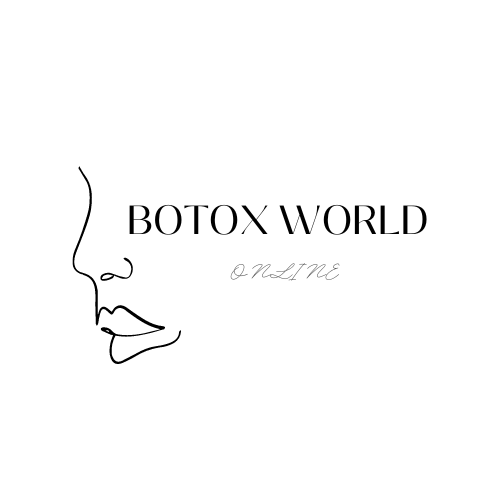
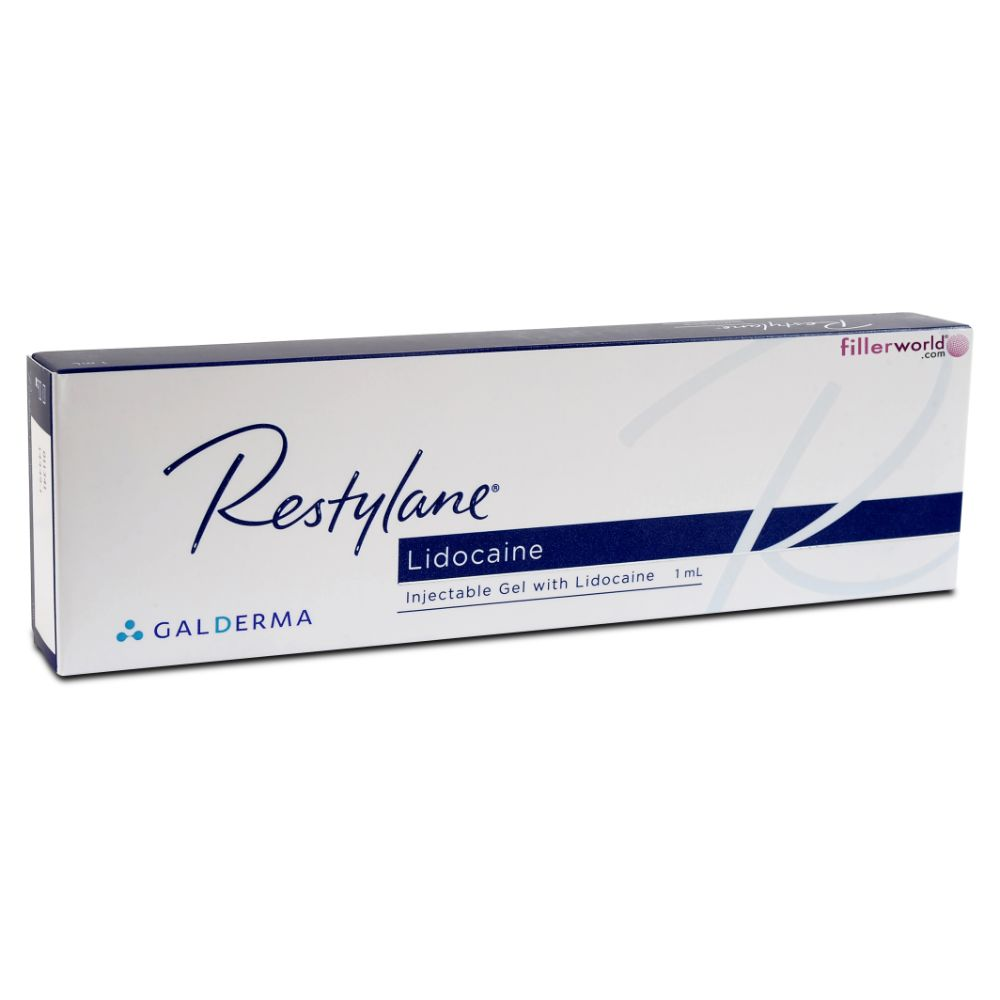
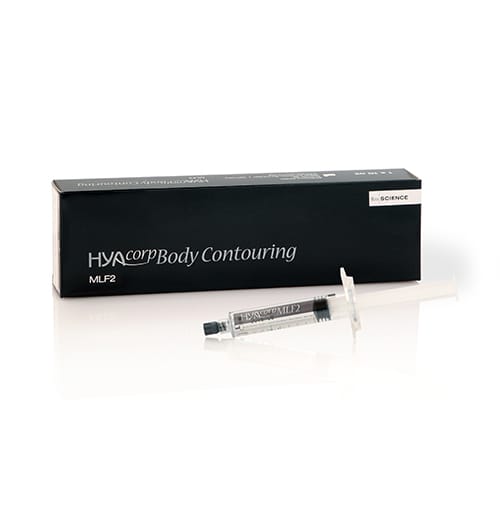
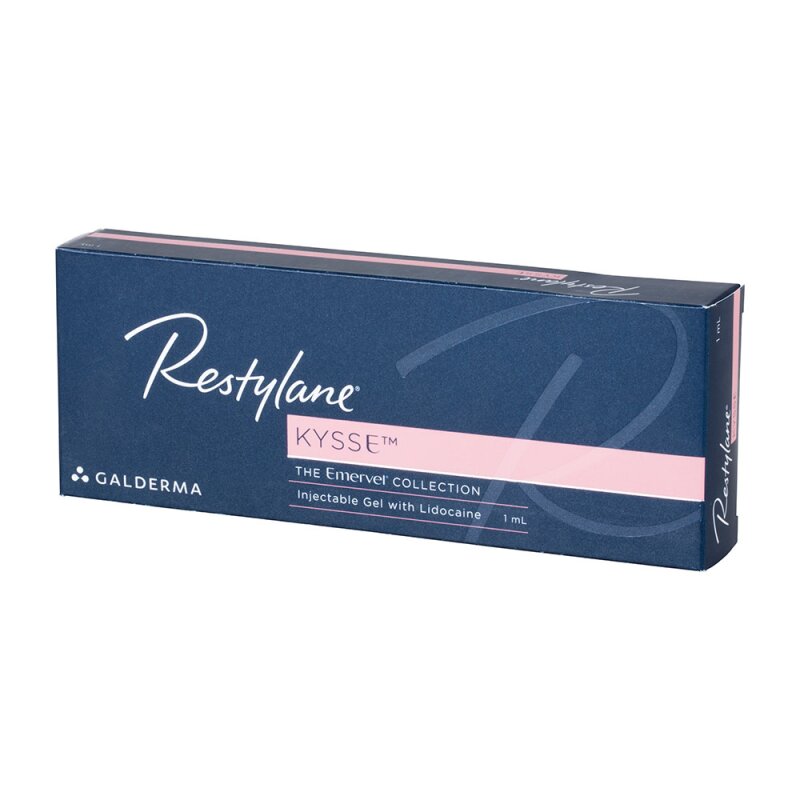
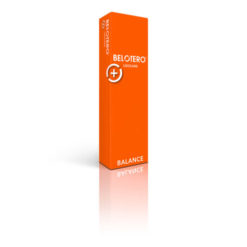

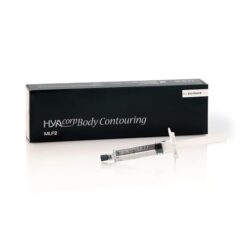

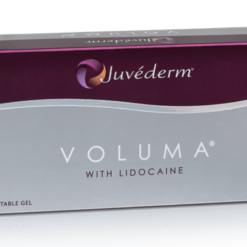

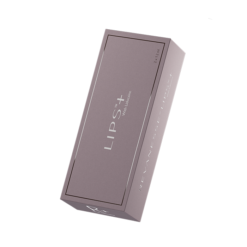
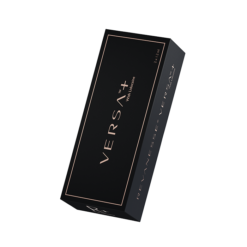
Be the first to review “Restylane Lidocaine (1x1ml)”